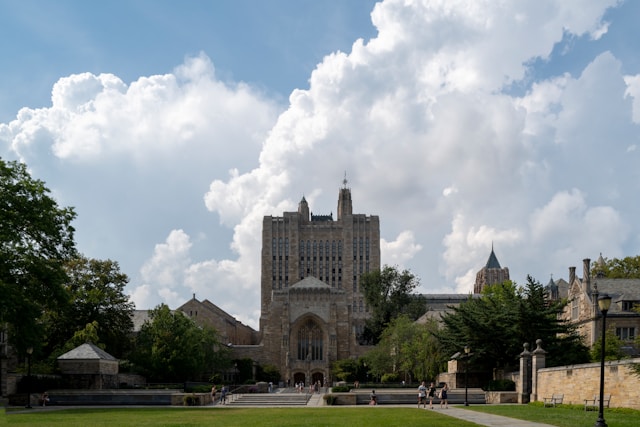Governor Ned Lamont’s decision to veto Connecticut’s controversial housing bill caught a lot of people off guard. Less than two weeks earlier, he seemed ready to sign it into law.
Newly obtained emails show how Lamont’s stance shifted as political pressure ramped up from advocacy groups and municipalities. The back-and-forth reveals a messy struggle between the state’s housing reform goals and towns wanting to keep control over zoning.
Explore top-rated stays with no booking fees and instant confirmation. Your dream trip starts here!
Start Exploring Now
Now, the episode’s sparking heated debates in communities from Stamford to West Hartford. Connecticut’s still wrestling with its affordable housing problems, and nobody seems to have a quick answer.
From Endorsement to Veto: A Sharp Turn in Policy
Emails from CT Insider show Lamont first told his communications director, Rob Blanchard, to draft a statement supporting the bill. That statement even laid out suggested tweaks to the 8-30g affordable housing statute.
He wanted to change parking requirements and redefine affordability, hoping to make development easier but still give towns a say. It’s a tricky balance, and he clearly knew it.
Consultation and Family Influence
Lamont forwarded the draft to his wife, Annie Lamont, who sometimes offers informal advice on policy. It’s a reminder that personal voices sometimes shape political moves, even at the governor’s level.
Back then, Lamont seemed to be searching for a middle ground—pushing reform, but not at the expense of local concerns.
Opposition Builds Across Connecticut
Cities like Hartford and Bridgeport usually support stronger affordable housing rules. But in suburbs like Greenwich, Darien, New Canaan, and Wilton, opposition grew fast.
CT169Strong, an advocacy group, urged residents to flood Lamont’s office with messages. People worried that state-mandated housing quotas would strain infrastructure and chip away at their town’s unique character.
Thousands of emails hit the governor’s inbox within days. The backlash was hard to ignore, and it felt like the debate had reached every corner of Connecticut.
Political Pressure During Travel
While Lamont was traveling abroad, his team talked over veto messaging. Even with the governor out of the country, his staff scrambled to keep up with the growing opposition.
It’s wild how quickly the mood shifted in towns from Fairfield to Simsbury. Politics doesn’t really pause for vacations, does it?
Balancing State Housing Goals with Local Autonomy
Lamont had planned to sign the bill, then push for changes during a special legislative session. His speech would have backed affordable housing but also promised towns more flexibility.
He hoped to ease parking restrictions, broaden the definition of affordability, and encourage state-local teamwork. That was the idea, anyway.
Reversal and Promise of a New Path
On June 23, Lamont vetoed the bill. He said he worried towns couldn’t meet the targets without stretching their resources too thin.
He promised to work with legislators on a new proposal. The goal? Tackle housing shortages but also address what towns are nervous about.
Implications for Connecticut Communities
Now, residents and local leaders are rethinking their positions on state housing mandates. The fight isn’t just about zoning or parking—it’s about keeping local identity intact while trying to make homes more affordable.
In places like Middletown and Manchester, officials are watching for signs of compromise. They know whatever comes next will ripple through planning boards and development projects all over Connecticut.
Key Takeaways from the Housing Bill Controversy
Anyone following Connecticut’s housing policy has probably noticed a few things from this episode.
- Political landscapes can shift rapidly when grassroots opposition mobilizes.
- Governor Lamont’s decisions depend on both policy goals and the mood of the public.
- Local concerns about zoning autonomy still hold a lot of weight in state politics.
- Future legislation has to tackle housing shortages but not push municipalities too far.
- Affluent suburbs usually lead the charge against what they see as state overreach.
- Email campaigns from advocacy groups can really sway political results.
- Consultation with close advisers — sometimes even family — shapes big leadership calls.
- The debate over 8-30g isn’t going anywhere and will keep shaping housing policy.
Here is the source article for this story: Emails show Lamont considered signing Connecticut housing bill days before vetoing it
Find available hotels and vacation homes instantly. No fees, best rates guaranteed!
Check Availability Now









